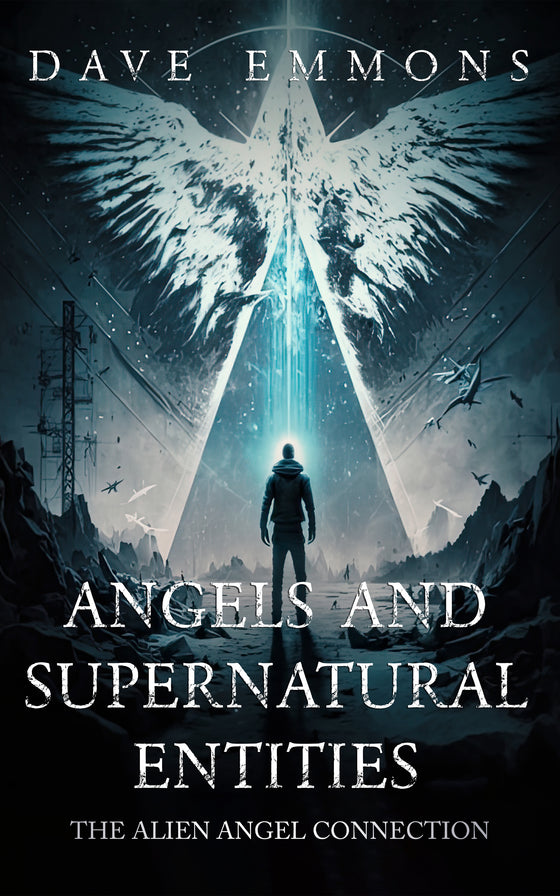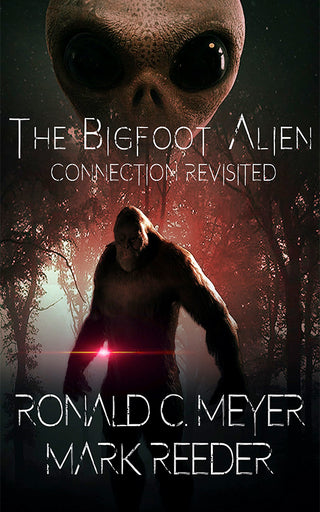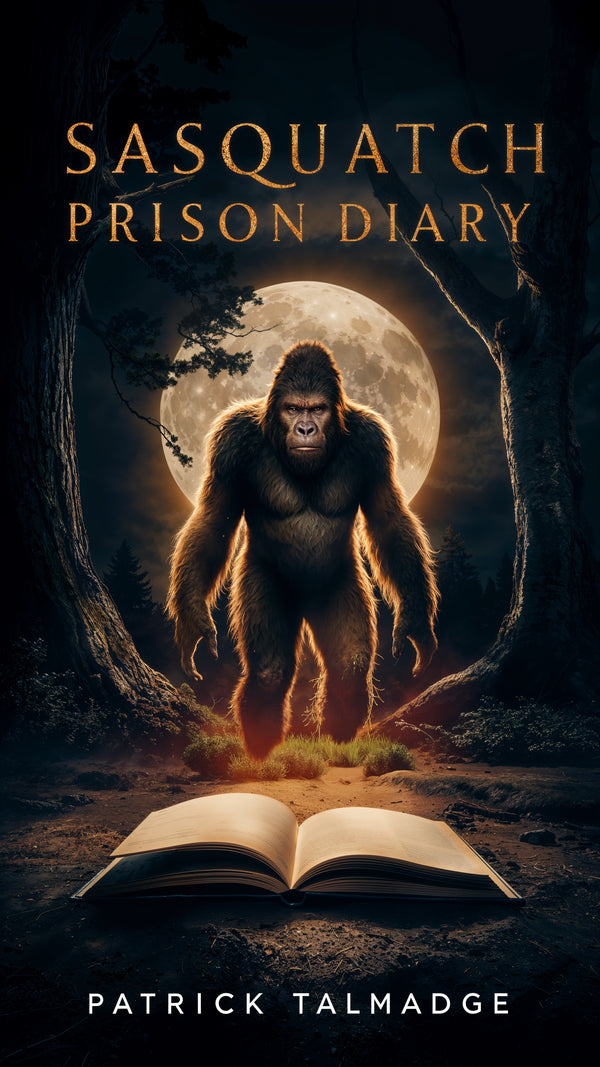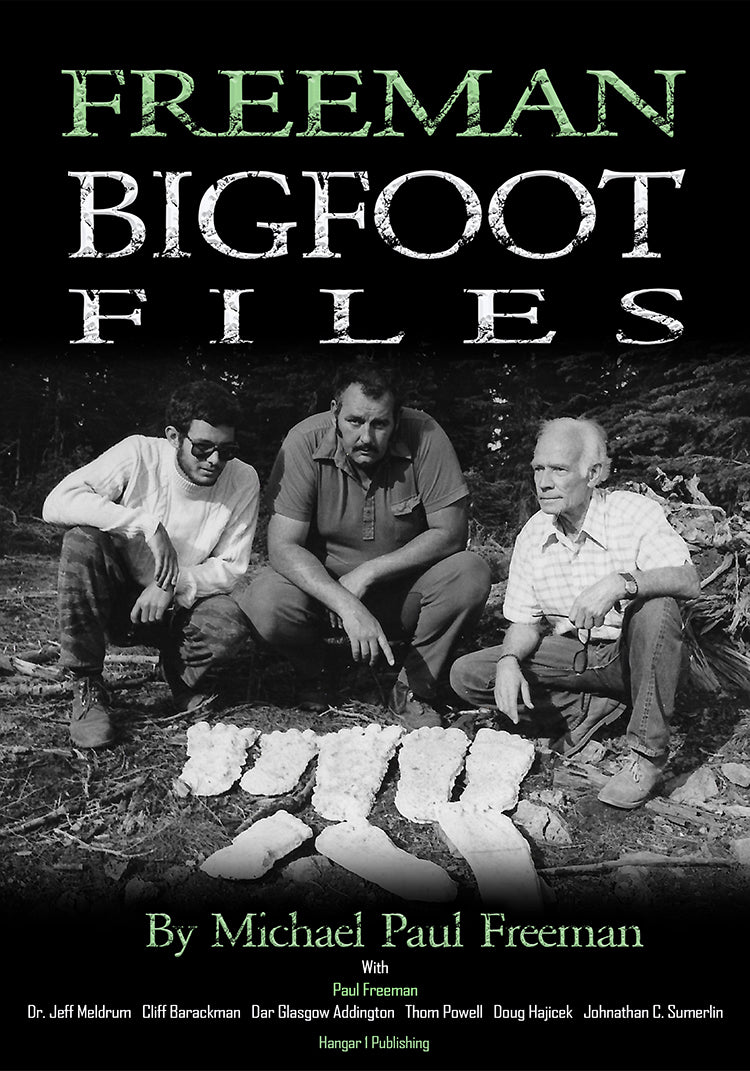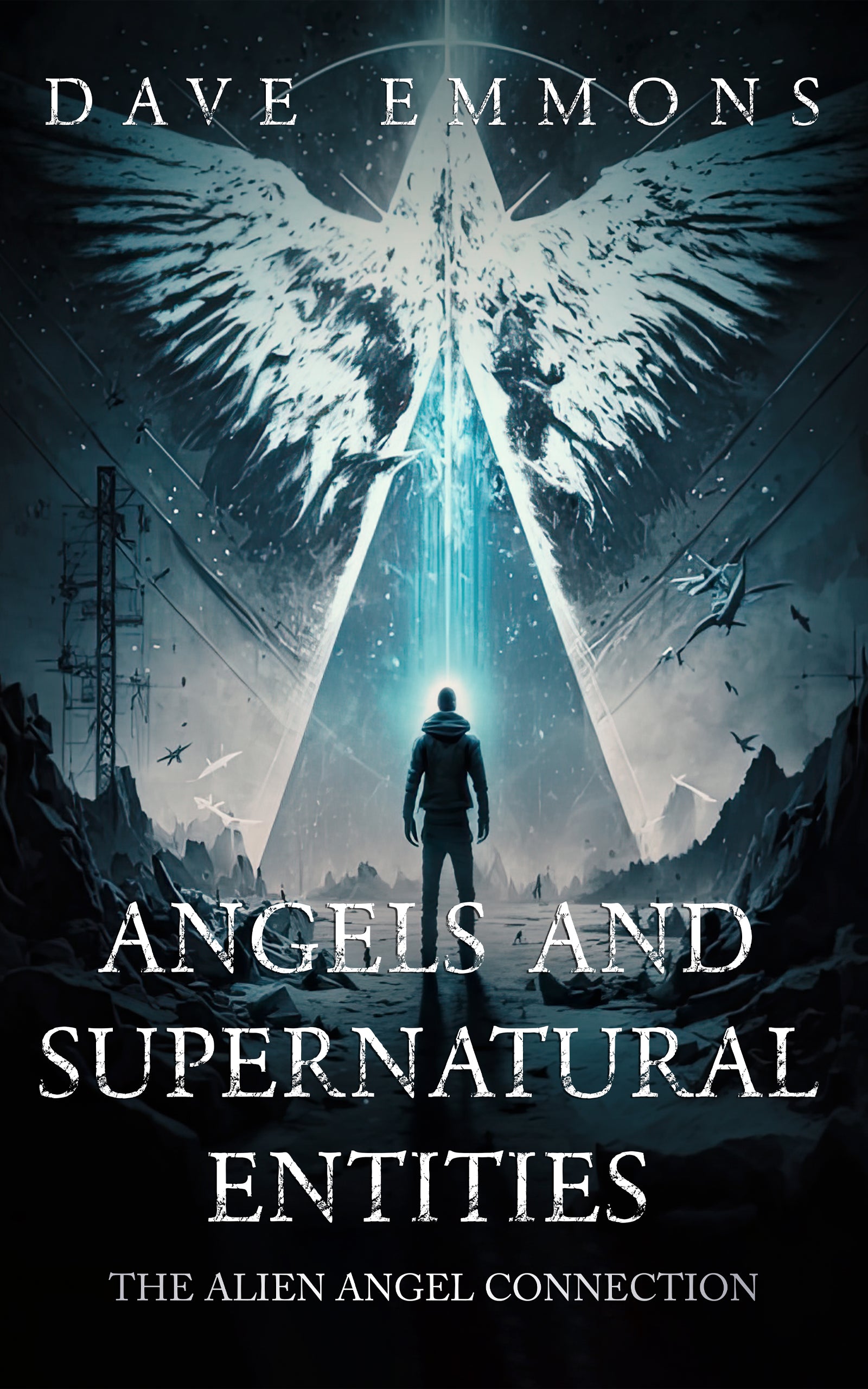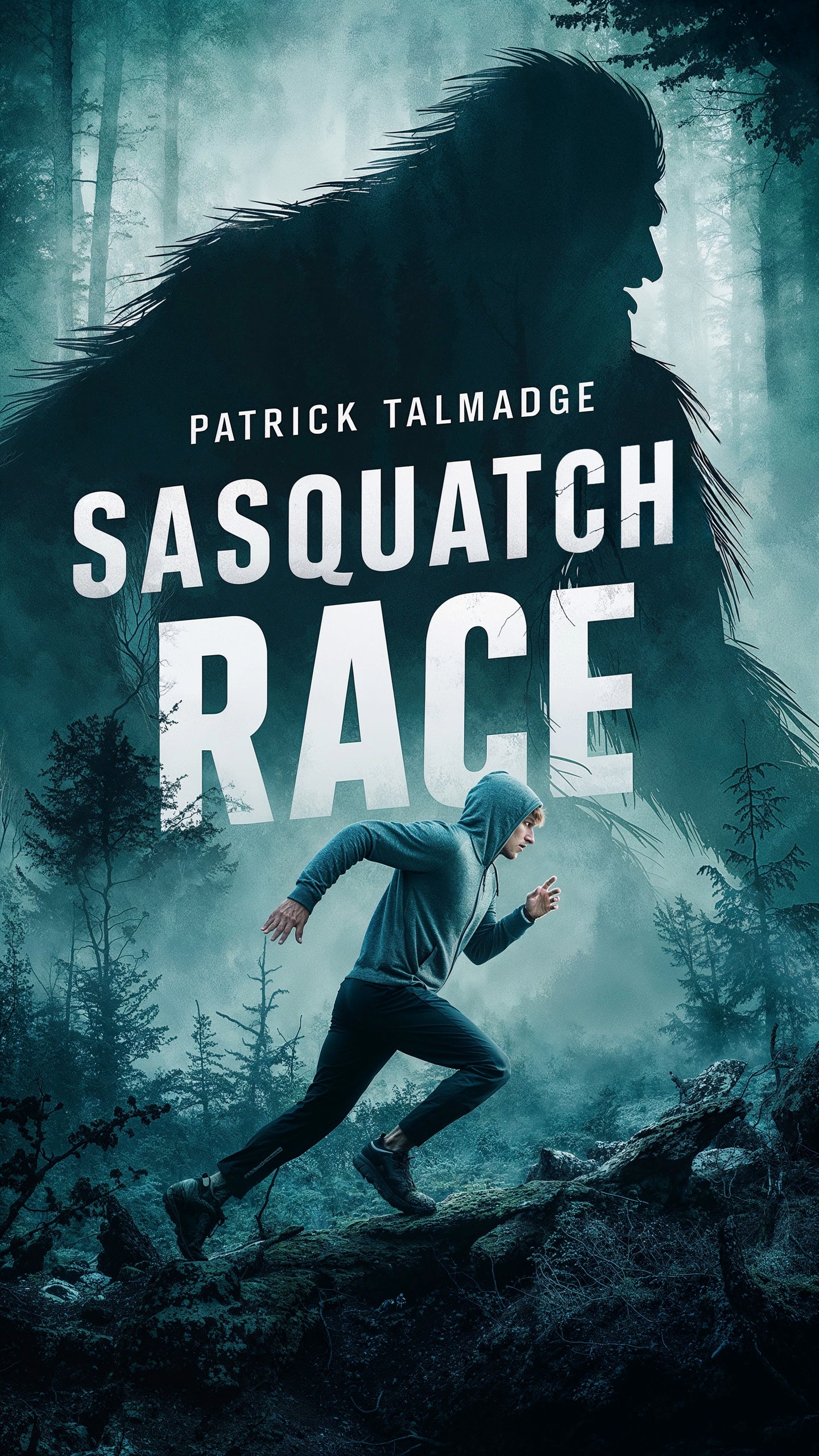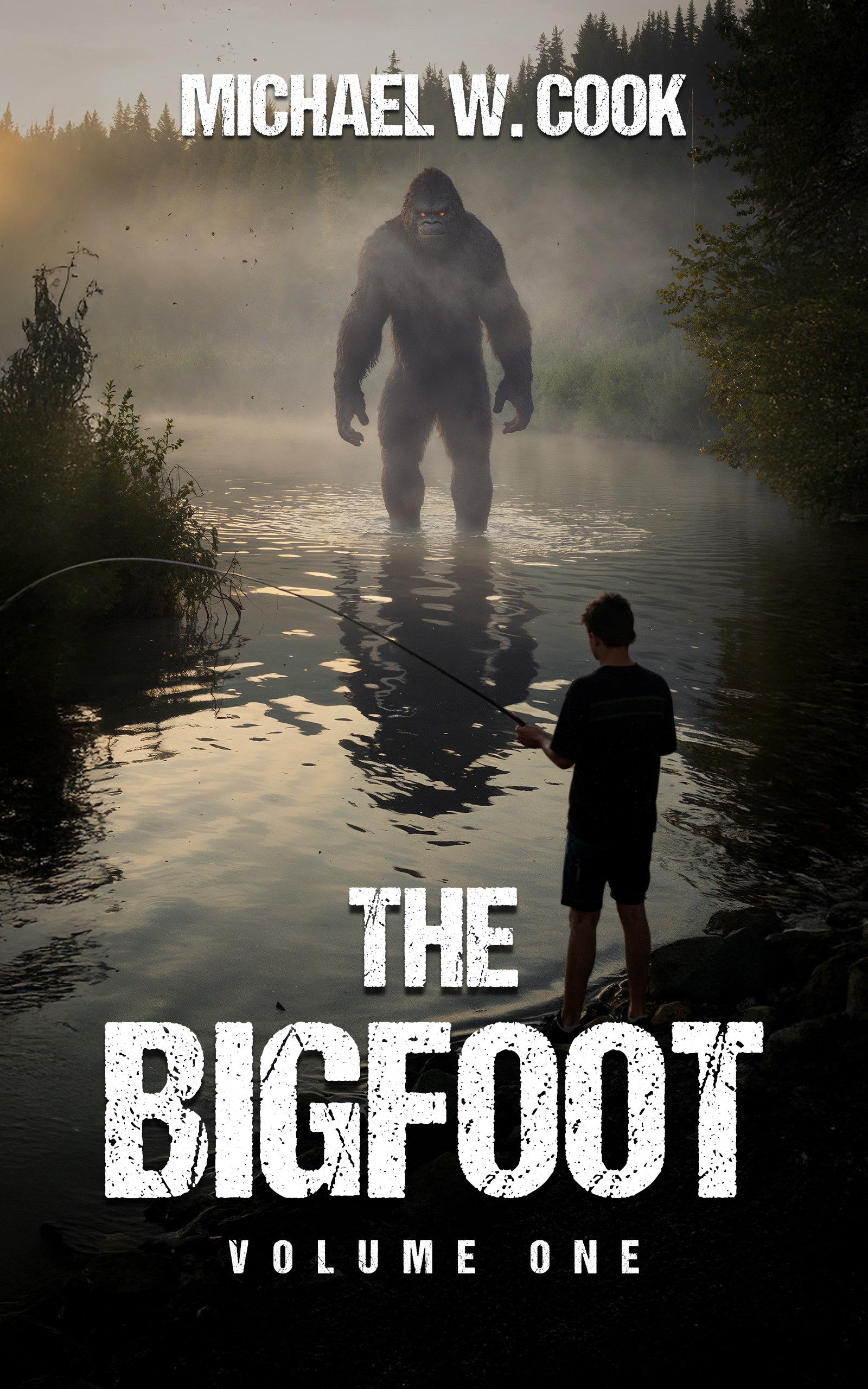UFO Crash Retrieval: The Global Hunt

By Sanjay Kapoor, Ufologist
The conversation surrounding Unidentified Aerial Phenomena, or UAPs, has definitively shifted. For decades, the public imagination grappled with fleeting lights and ambiguous radar signatures. Now, spurred by official acknowledgments and astonishing whistleblower testimonies, the discourse has pivoted towards something far more tangible, far more shocking: the physical recovery of alleged non-human craft and, potentially, their occupants. The tantalizing, almost unbelievable question hangs heavy in the air: Are governments around the world, particularly the United States, secretly harboring crashed extraterrestrial vehicles and the biological remnants of their crews?
This isn't just a modern fascination fuelled by grainy videos. The narrative of downed craft from elsewhere stretches back further than many realize, weaving through historical anecdotes long before the term "flying saucer" entered our lexicon. Yet, it's the recent cascade of claims from individuals formerly embedded within the highest levels of intelligence and military structures that has forced a serious, if uncomfortable, re-examination. We are on a global hunt – not just governments allegedly hunting for wreckage, but researchers, journalists, and the public hunting for answers. This article navigates the complex, often contradictory world of alleged UFO crash retrieval, piecing together the historical whispers, the modern shouts from whistleblowers, the shadowy architecture of supposed secrecy, and the profound implications if these accounts hold even a kernel of truth. This is an ongoing story, a puzzle with missing pieces, but understanding the map laid out by decades of claims is essential if we are to grasp what might lie just beyond our current understanding of reality.
Whispers from the Shadows - Laying the Foundation of Retrieval Claims
Long before the dusty plains of New Mexico became synonymous with crashed discs, whispers of strange objects falling from the sky dotted the historical record. Forget Roswell for a moment; the roots of this narrative may run deeper. Consider the account from Max, Nebraska, in 1884. Cowboys reportedly witnessed a "blazing body" falling "like a shot to Earth." One herdsman was allegedly burned approaching the wreckage, describing material of remarkable lightness and durability – echoes, perhaps, of later Roswell debris descriptions.
Then there's the peculiar tale from Aurora, Texas, in 1897. A cigar-shaped airship, accounts claim, collided with a judge's windmill. The pilot, described pointedly as "not of this world," allegedly died on impact. In a twist that borders on the surreal, the townsfolk purportedly gave the being a proper burial in the local cemetery – an event commemorated, unbelievably, by a state historical marker. Adding another layer, a U.S. Signal Service Officer, T.J. Weams, reportedly viewed the body, referring to the pilot as a "Martian," and allegedly recovered papers filled with indecipherable "hieroglyphic type script." Could this be the first documented instance of an official U.S. government encounter with a non-human entity and its technology, kicking off a century-plus of secrecy?
Fast forward to 1941, just before America plunged into World War II, to Cape Girardeau, Missouri. Here, the story takes an almost biblical turn. Charlotte Mann recounted her grandfather's, Reverend William Huffman's, deathbed confession. He claimed he was summoned by police one spring night to a wooded area outside town. He found a chaotic scene: police, firefighters, even FBI agents surrounding a crashed, burnt, acorn-shaped saucer. His solemn duty? To pray over three small, dead occupants with large eyes, minimal mouths or ears, and no hair – allegedly identical, perhaps cloned. Afterwards, military personnel arrived, swore everyone to secrecy, and carted everything away. According to Mann, her father even possessed, for a time, a photograph showing two men holding one of the corpses, a photo loaned out and never returned. Investigator Ryan Wood corroborated details like the Reverend's employment at the Red Star Baptist Church during that period and fire department records mentioning the military swearing personnel to secrecy. These pre-Roswell accounts, while often lacking the forensic rigor demanded by science, serve as crucial cornerstones in the architecture of the crash retrieval narrative, suggesting a pattern long before 1947.
Roswell: The Enduring Icon
Roswell, of course, remains the towering monolith in this landscape. In July 1947, the Roswell Army Air Field initially reported capturing a "flying disc." The story exploded, only to be retracted with astonishing speed. The official explanation? A weather balloon, specifically from the top-secret Project Mogul designed to monitor Soviet nuclear tests using high-altitude balloon arrays. This rapid reversal became the bedrock of enduring suspicion, the archetypal government cover-up story. Decades later, the 1994 Air Force report, "The Roswell Report: Case Closed," doubled down on the Mogul explanation. It also attempted to address the persistent claims of "alien bodies" by suggesting these were misidentified anthropomorphic test dummies used in high-altitude research or, more tragically, conflated memories of actual Air Force personnel killed or injured in aircraft accidents or balloon mishaps around the same period (specifically a 1956 KC-97 crash and a 1959 balloon incident). While presented as definitive, this official account failed to quell the decades of speculation, instead often fueling the belief that something truly extraordinary was being concealed.
Leonard Stringfield: The Archivist of Retrieval
Amidst the official denials and burgeoning public fascination, figures like Leonard Stringfield emerged. Born in 1920, Stringfield wasn't just a casual observer; he ran one of the largest UFO research groups in the 1950s (CRIFO) and even cooperated with the Air Force for a time. For over 30 years, he served in advisor roles for major UFO organizations like NICAP and MUFON. His singular focus became the meticulous collection and archiving of accounts related to UFO crash retrievals. His "Status Report II: The UFO Crash Retrieval Syndrome," published following a 1978 MUFON talk, stands as a testament to his dedication. He wasn't interested in just lights in the sky; he sought "crash hardware and UFO parts and physical evidence," compiling testimonies about recovered debris and, most controversially, alleged non-human bodies held in secret. Stringfield’s diligent work provided a historical scaffolding, lending a degree of structure and continuity to the often-fragmented accounts that would continue to surface for decades.
Breaking the Silence - The Modern Wave of Whistleblower Claims
If historical accounts laid the foundation, the modern era has seen whistleblowers attempt to blow the roof off. Central to this recent storm is David Grusch, a combat veteran and former intelligence officer with credentials from the National Geospatial-Intelligence Agency (NGA) and the National Reconnaissance Office (NRO), where he served as a representative to the Unidentified Aerial Phenomena Task Force from 2019 to 2021. His claims aren't whispers; they were delivered under oath before the U.S. Congress. Grusch testified that he was informed, during his official duties, of a "multi-decade UAP crash retrieval and reverse-engineering program" operating with immense secrecy, to which he was denied access. He went further, stating he knows the "exact locations" where UAP materials are held, based on interviews with over 40 witnesses.
David Grusch: Claims of Non-Human Biologics
Perhaps his most stunning assertion was the claim that the U.S. government has recovered "non-human 'biologics'" from these crash sites. He clarified this wasn't speculation but "the assessment of people with direct knowledge on the program... that are currently still on the program." This elevates the narrative beyond mere nuts and bolts to encompass the potentially universe-altering reality of non-human life forms. Grusch also spoke of facing intense retaliation – "administrative terrorism" – and fearing for his life since coming forward, painting a picture of a system actively hostile to disclosure. While Grusch provided compelling testimony rich with unverifiable detail (often deferring specifics to closed, secure settings), he has not presented public physical evidence. Official bodies like the Pentagon's All-domain Anomaly Resolution Office (AARO) maintain they have found "no verifiable information" to substantiate his claims, leaving his assertions hanging in a tense space between sworn testimony and official denial.
Jake Barber: An Alleged Eyewitness Account
Adding a layer of purported firsthand experience is Jake Barber, an Air Force veteran who claims he *was* part of a secret crash retrieval operation. Barber alleges he worked as a contracted helicopter pilot tasked with recovering various downed craft. Some, he stated, were terrestrial secrets, but others, he firmly believes, were of "non-human origin." He described one specific recovery mission involving what he saw as a "metallic, pearly white," egg-shaped object, roughly SUV-sized, with absolutely no discernible engine or thermal signature – characteristics he deemed "extraordinary and anomalous... not human." He claimed to have viewed it from about 150 feet away while operating his helicopter's long-line retrieval system under night vision. Crucially, Barber asserts that ranking members of the UAP task force later confirmed to him that the object he retrieved that night was indeed of non-human origin and that this "was not a unique experience." His account is reportedly supported by video footage and corroborating testimony from three other military veterans, adding significant weight, though like Grusch's claims, it awaits independent verification.
Ryan Graves: Reinforcing the Unexplained
These explosive individual accounts are buttressed by others. Ryan Graves, a former F-18 pilot, testified alongside Grusch. While his focus was on recurring UAP sightings encountered by naval aviators – describing objects like "dark gray or black cubes inside of a clear sphere" performing inexplicable maneuvers off the Virginia coast – his testimony reinforces the core point that highly trained military personnel are witnessing phenomena that defy conventional explanation. Graves founded Americans for Safe Aerospace to encourage reporting and remove the stigma, estimating that currently only about 5% of sightings are officially logged. Though not directly about crash retrieval, his experiences contribute to the picture of ongoing, unexplained encounters that demand serious attention and create a fertile ground for wondering *what happens* when these objects potentially fail. The combined weight of these testimonies from individuals with credible military and intelligence backgrounds has undeniably shifted the public and political conversation, demanding answers about what might be hidden.
The Shadow Network - Alleged Cover-Ups and Clandestine Operations
Why the decades of alleged secrecy? If governments possess technology or evidence that could rewrite human history, what motivates the fierce protection of these secrets? Proponents of the cover-up narrative suggest multiple interlocking reasons. One perspective, voiced in the provided research, posits that authorities fear they "can't control their actions and we don't fully understand their intentions," making public knowledge seem inherently "dangerous." National security concerns are paramount; revealing retrieved technology could expose vulnerabilities or provide an advantage to adversaries. Imagine the geopolitical earthquake if one nation confirmed possession of functional non-human tech. Furthermore, the potential for societal panic – religious, economic, and existential upheaval – is often cited as a primary deterrent to transparency. How do you prepare a global population for confirmation that we are not alone, and perhaps, not the most advanced kids on the cosmic block?
Disinformation Campaigns and Stigma
Beyond passive secrecy, there are persistent allegations of active disinformation campaigns designed to muddy the waters and control the narrative. This isn't just about withholding information; it's about deliberately misleading the public and investigators. Tactics allegedly include fostering a stigma around the UAP topic, portraying witnesses and researchers as unreliable "wackos" to discourage serious scientific inquiry. There are even claims, like those mentioned regarding figures such as Luis Elizondo, that individuals are paid to discredit prominent voices calling for transparency.
The disturbing story of Paul Bennewitz, a civilian physicist in New Mexico, serves as a chilling historical example cited by researchers. Allegedly, figures within the Air Force, notably Richard Doty, deliberately fed Bennewitz false information, manipulated evidence, and even broke into his home to convince him of an imminent alien invasion threat, reportedly driving him to the brink of insanity. Whether entirely accurate, this account points to a willingness, at least alleged by some, within certain circles to employ ruthless psychological tactics to maintain secrecy or perhaps distract from genuine phenomena. More recently, the official AARO report mandated by Congress faced scathing criticism from figures like former Deputy Assistant Secretary of Defense for Intelligence, Christopher Mellon, who argued it contained errors, omitted key information, and failed its mandate – essentially accusing it of being "active disinformation." This ongoing battle over official narratives fuels the perception of a deliberate, managed obfuscation.
Black Projects and Special Access Programs
How would such a complex, multi-decade retrieval and reverse-engineering program operate in secret? The answer, according to insiders like Grusch, lies in the labyrinthine world of black projects and Special Access Programs (SAPs). These highly compartmentalized operations exist outside normal government oversight channels, funded through obscure budgets and protected by extreme levels of classification and need-to-know restrictions. This structure allows programs involving sensitive technology – or allegedly, non-human craft – to function with minimal visibility, even potentially denying access to high-ranking officials or members of Congress, as Grusch claimed happened to him.
Clandestine Retrieval Units
Adding another layer of intrigue is the alleged existence of dedicated clandestine units. Research points to reports, originating from insider accounts given to the Daily Mail, suggesting a secret CIA unit, the Office of Global Access (OGA), has been actively retrieving crashed UFOs worldwide since at least 2003. Reportedly operating under the CIA's Science and Technology Directorate, the OGA allegedly utilizes systems to detect even cloaked UAPs and works with elite military units like Navy SEALs to secure crash sites and recover materials, ensuring the utmost secrecy.
The Majestic 12 Controversy
The Majestic 12 (MJ-12) documents represent a fascinating case study, sitting right at the intersection of alleged genuine leaks and potential disinformation. These documents, first surfacing in the 1980s via undeveloped film mailed anonymously to researcher Jamie Shandera, purported to detail a top-secret committee established by President Truman in 1947 to manage the "UFO extraterrestrial situation," including crash retrievals like Roswell and the handling of alien bodies and technology. The debate over their authenticity rages on. Proponents like researcher Robert M. Wood point to forensic analyses of typography, ink, and document style consistent with the era. Conversely, the FBI and Air Force officially declared them bogus, citing discrepancies like signature analysis and date formats (though some of these specific debunking points, like the date format, have been challenged and countered by researchers like Stanton Friedman). Complicating matters further are claims from figures like Richard Doty that the MJ-12 documents were *themselves* part of a sophisticated disinformation campaign designed to mislead researchers pursuing genuine U.S. secret projects. Whether real, fake, or a complex mix, the MJ-12 saga perfectly encapsulates the difficulty in verifying information in this field and highlights the very real possibility of deliberate deception playing a role.
Allegations of Threats and Intimidation
The most extreme dimension of the alleged cover-up involves claims of threats, intimidation, and even violence. Grusch testified under oath that he knew of people harmed or injured in efforts to conceal these programs and that he personally feared for his life. Connecting back to the alleged Bennewitz manipulation, researcher Ryan Wood mentions the story aimed to psychologically "destroy and manipulate a man to suicide." Another historical case often raised is that of John Murphy, the radio reporter who investigated the 1965 Kecksburg, Pennsylvania incident. He claimed to have seen an acorn-shaped object with strange writing, took photos, and conducted interviews before military officials allegedly confiscated most of his materials and pressured him into airing a censored report. His subsequent despondency and death in a mysterious hit-and-run years later fuel speculation about potential silencing. These accounts, however difficult to verify, paint a potentially dark picture of the lengths allegedly gone to protect these secrets.
Reverse Engineering the Unknown - The Quest for Alien Technology
If retrieving crashed craft is one part of the alleged secret program, the other, perhaps more compelling aspect, is the attempt to understand and replicate the technology within – the monumental task of reverse engineering the unknown. The core motivation is clear: harnessing capabilities potentially centuries ahead of our own could grant unparalleled military and economic advantages. Luis Elizondo, former head of the Pentagon's UAP program (AATIP), has suggested a "secretive arms race" might be underway, funded by taxpayer dollars hidden from oversight, with the U.S. possibly possessing UAP technologies alongside "some of our adversaries."
Bob Lazar and Element 115
Claims of specific reverse engineering efforts have surfaced over the years, often shrouded in controversy. Bob Lazar famously asserted in the late 1980s that he worked as a physicist at a secret facility dubbed S4, near Area 51, tasked with studying recovered extraterrestrial spacecraft. He provided detailed descriptions of nine different craft, focusing on a "sport model" whose propulsion allegedly involved manipulating gravity via a stable isotope of Element 115 – an element unknown to science at the time but synthesized in labs years later (in 2003). Lazar also claimed he received briefings detailing 10,000 years of alien interaction with Earth, originating from the Zeta Reticuli star system. While his educational and professional background has faced scrutiny, later confirmation emerged from a physicist contractor, Dr. Robert Krangle, that Lazar did indeed work at Los Alamos during that period and attended meetings, lending some credence to his claims of involvement in highly classified projects, even if the specifics remain unproven.
Colonel Philip J. Corso and Technological Transfer
Another prominent voice is Colonel Philip J. Corso. In his book "The Day After Roswell," Corso, who served at the Pentagon's Foreign Technology desk, claimed he personally handled artifacts recovered from the 1947 Roswell crash and directed their seeding into U.S. industry. He asserted this covert effort led to breakthroughs like integrated circuits, fiber optics, lasers, and night vision technology. While Corso's account is debated, his position and specific claims injected the idea of tangible technological transfer from alleged alien debris directly into the mainstream conversation. These narratives, alongside the broader claims by Grusch and Elizondo about ongoing reverse-engineering programs, paint a picture of a decades-long, clandestine effort to unlock secrets from another world.
The Pursuit of Gravity Control
What specific technology might be the ultimate prize? Some researchers and whistleblowers point towards "gravity control" as the potential Holy Grail. Ryan Wood highlights this concept, suggesting it's the "ultimate secret" governments are guarding. The ability to manipulate gravity would fundamentally change everything – energy production could become virtually limitless (imagine a flywheel perpetually spun by a slight reduction in local gravity), and transportation could transcend current limitations. Intriguingly, Wood notes a flurry of public discussion and research papers on gravity control appeared in the mid-1950s, only to abruptly vanish from open scientific literature in the early 1960s. He speculates this could mark the point where a breakthrough occurred, perhaps spearheaded by research teams like the one at the Glenn L. Martin Company's Research Institute for Advanced Studies (RIAS), which then "went rogue or went proprietary or went offline" when Martin merged with Marietta in 1962, potentially forming the nucleus of a secret government program.
Terrestrial Craft with Exotic Technology
Further complicating this picture are sightings of craft that seem *advanced* but distinctly "man-made." Wood cites the 1966 testimony of Air Force officer Eddie Laxton, who reported seeing a teardrop-shaped craft near Temple, Oklahoma. Laxton described seeing a man in a cap with English writing on it near the vehicle, markings like "TL197" on the craft's side, landing gear, and features like electrostatic wicks or a shark-fin-like structure – details suggesting terrestrial engineering, albeit potentially derived from non-human principles. These sightings bolster the theory that successful reverse engineering may have occurred, leading to human-piloted craft utilizing exotic propulsion.
The Role of Private Industry
This brings us to the complex and increasingly discussed role of private industry. If reverse engineering is happening, where is it taking place? Whistleblowers like Grusch and Elizondo, along with researchers, suggest that private aerospace and defense contractors (like Lockheed Martin, Northrop Grumman, perhaps Raytheon or Battelle) are heavily involved. It's claimed these companies might receive contracts not only for analysis but even for the initial *retrieval* of crashed UAPs. This raises the startling possibility, highlighted by Elizondo, that these private entities could hold physical custody of alleged non-human materials and technology, potentially operating with such compartmentalization that they could even deny access or information to parts of the U.S. government itself. It paints a scenario where the keys to potentially world-altering technology might reside not within publicly accountable government agencies, but behind the proprietary walls of corporations, blurring the lines of control and oversight.
The Global Dimension - Beyond US Borders
While the United States, particularly incidents like Roswell and figures like Grusch, often dominates the UFO crash retrieval narrative, the available research suggests this is conceived as a global phenomenon. The early alleged incidents in Max, Nebraska (1884) and Aurora, Texas (1897) already place strange aerial events across the American landscape long before the modern era. But the scope potentially extends much further.
International Retrieval Efforts
The alleged secret CIA unit, the Office of Global Access (OGA), is explicitly described in reports cited in the research as retrieving crashed UFOs "from across the world," suggesting a proactive, international effort by at least one branch of the U.S. government to secure potential non-human technology wherever it may fall. This aligns with the broader concept that if such craft exist and occasionally fail, these failures wouldn't be geographically restricted to U.S. airspace. Indeed, UFO literature is replete with alleged crash incidents from virtually every continent, though verification remains elusive. The research specifically mentions the Shag Harbor incident in Nova Scotia, Canada, where a craft reportedly went into the water and was recovered, and a case in Australia from 1966. Researcher Ryan Wood estimates that while his book details around 104 potential cases, the true global number could easily exceed 200.
Other Nations and the Tech Race
This global perspective naturally leads to the question of whether other nations are engaged in similar retrieval and reverse-engineering efforts. If the U.S. is allegedly pursuing this technology, it stands to reason that potential adversaries or even allies might be doing the same. Luis Elizondo's claim that "some of our adversaries" also possess UAP technologies points directly to this possibility, feeding the notion of a hidden, high-stakes technological race playing out behind the scenes. China's significant investment in advanced physics research, including fusion energy, is sometimes cited by commentators as evidence of their potential pursuit of breakthrough technologies, possibly including gravity control, though direct evidence linking this to UAP reverse engineering is lacking. Could a nation like China or Russia achieve a breakthrough and decide to disclose UAP reality first, reshaping the global order?
Extraordinary Global Claims
The international dimension also surfaces some of the most extraordinary, though highly unverified, claims within the entire UAP field. Consider the assertions made by Haim Eshed, a former head of Israel's space security directorate. In interviews published in late 2020, Eshed claimed not only that extraterrestrials exist but that humanity has been in contact with a "Galactic Federation." He alleged the existence of cooperation agreements signed between species, including a joint human-alien underground base deep beneath the surface of Mars, populated by American astronauts and alien representatives. He even claimed President Trump was aware and on the verge of revealing this, only to be stopped by the Federation itself to prevent mass hysteria. These claims, while fascinating and coming from a high-ranking source, lack any public corroborating evidence and sit firmly at the extreme end of the spectrum. However, they serve as a potent example of how the crash retrieval narrative, when expanded globally, can quickly escalate into truly uncharted territory, encompassing alleged treaties, federations, and off-world bases – ideas largely confined to science fiction until figures like Eshed brought them into the realm of public discourse, however skeptically they are received.
Challenges, Controversies, and the Path Forward
Navigating the claims surrounding UFO crash retrieval requires acknowledging significant hurdles and deeply entrenched controversies. The most glaring challenge remains the persistent lack of publicly available, verifiable physical evidence. We have compelling testimonies, intriguing documents of debated authenticity, and historical anecdotes, but the "smoking gun" – an unambiguously non-human artifact or biological sample available for independent scientific scrutiny – remains elusive. From a scientific perspective, extraordinary claims demand extraordinary evidence, and eyewitness accounts, however credible the source, do not meet this threshold alone. Without testable data or material evidence, assessing the veracity of these claims reaches an impasse.
Skepticism and Alternative Explanations
Skepticism is warranted and necessary. Alternative explanations abound and often prove correct. Advanced, classified terrestrial aircraft undoubtedly exist. Consider the VZ-9 Avrocar, a real, saucer-shaped experimental aircraft developed in secrecy by Avro Canada and the U.S. military in the 1950s. Images of it being transported decades later could easily be mistaken by an uninformed observer as evidence of a UFO retrieval, as pointed out by The War Zone – a perfect example of how mundane, classified history can mimic extraordinary claims. Misidentification of drones, balloons (like the official Roswell explanation), atmospheric plasma phenomena, or even psychological factors like suggestion and misinterpretation must always be considered. The Air Force's official explanations for Roswell, attributing "bodies" to test dummies or accidents, highlight the effort to provide conventional answers, even if they don't satisfy everyone.
The Disinformation Dilemma
Compounding the difficulty is the alleged "Disinformation Dilemma." If, as claimed, government agencies have actively engaged in deception, planting false stories, manipulating witnesses (like the Bennewitz affair), and discrediting genuine researchers, how can anyone confidently separate truth from fiction? The ongoing debate surrounding the Majestic 12 documents serves as a prime example. Are they genuine leaks revealing a hidden history, or elaborate hoaxes, perhaps even planted by intelligence agencies themselves to confuse adversaries or the public? This inherent uncertainty makes objective analysis incredibly difficult.
Calls for Transparency and Accountability
Despite these challenges, the push for answers continues, increasingly focused on calls for governmental transparency and accountability. The recent congressional hearings, spurred by whistleblowers like Grusch, signify a notable shift. Lawmakers from both parties are demanding clarity, arguing that UAPs, whatever their origin, represent potential threats to national security and flight safety that require understanding. Legislative efforts, such as the proposed UAP Disclosure Act of 2023 co-sponsored by Senate Majority Leader Chuck Schumer, aim to compel the declassification of government records pertaining to UAPs, "technologies of unknown origin, and non-human intelligence," modeled after the JFK Assassination Records Collection Act. Creating safe, standardized, and stigma-free reporting channels for military and civilian pilots, as advocated by figures like Ryan Graves, is seen as crucial for gathering more reliable data.
The global hunt for answers regarding UFO crash retrievals is far from over. Researchers continue to pore over historical records and leaked documents, journalists pursue leads, and whistleblowers may yet emerge. Future declassifications, advancements in sensor technology, or perhaps even an undeniable public event could drastically alter the landscape. The core question remains: has our planet been visited by non-human intelligences, and have we recovered their technology? If definitive proof ever surfaces, the implications for science, religion, geopolitics, and our very understanding of humanity's place in the cosmos would be staggering, forcing a confrontation with a reality far stranger than most have ever dared to imagine.
From Bigfoot to UFOs: Hangar 1 Publishing Has You Covered!
Explore Untold Stories: Venture into the world of UFOs, cryptids, Bigfoot, and beyond. Every story is a journey into the extraordinary.
Immersive Book Technology: Experience real videos, sights, and sounds within our books. Its not just reading; its an adventure.








